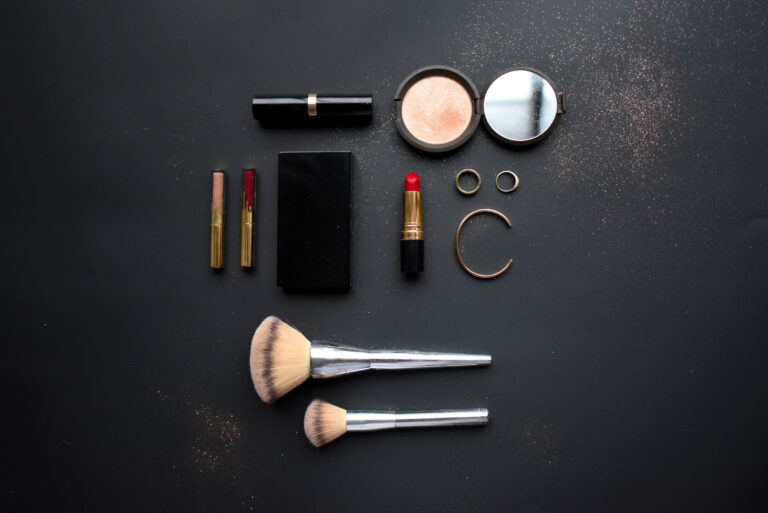Introduction
With extension of globalization and rapid economic development, China has been recognized as one of the most promising markets in diverse areas for its large population and increasing living standard. China markets of cosmetics is just a right example. It not only contain a huge potentialto gain sustainable growth but also attract intensive focus from all over the world. Various brand come into China market, which has already brought fierce competition, leaving operators and companies immersed in an explosive scrabble battle for market shares and channels. However, in China, there is a special group that on one hand represents a large quantity of consumer, and on the other hand, have a relatively low purchasing power, meanwhile, they are more easily to get access to the fresh and glad to accumulate unforgettable experience. They are right university students. A special and potential consumer groups with 47 million [1] people and the number still have space to continue growing every year. Campus markets can’t be neglected even though they don’t have much income to support daily life, but they have time and energy to try a new brand and broadcast fast through world-of-mouth. That’s why companies never stop developing campus agents in different universities and approach target markets to achieve their goal.
Customer behaviour
Students in universities have distinctive customer characteristics and purchasing behaviour that can be demonstrated from physiological factors, psychological factors, and economical factors:

– Physiologically, age of students in university are mostly from 18 years to 24 years old, more female than male(74.26% to 25.74% seen from figure 1). 20-year-olds are eager for desire and interest, pursuing fresh but different life style with a sharp sense about fashion, which can be reflected on their requirement of personalization and diversification on products.
– Psychologically, they tend to be easily influenced by outer environment, which can present on uncertainty, impulse, and comparison during the process of consumption. Brand awareness can be formed and accumulated by comparing user experience of different product. Besides, the power of mouth-to-mouth recommendation can not be neglected, for consumers tend to build trust more easily between peers than with advertisement.

– economically, with an increasing number of families owning single child, students can get more financial support from parents, but it can be shown from figure 2 that consumers still harbour an cautious attitude towards consumption on cosmetics, 39.22% of volunteers prefer the price that is less than 50 RMB, similar to number of 50-100 RMB, only 21.9% students support cosmetics priced over 100 RMB, even though a little bit spoiled, but students can still maintain rational.




